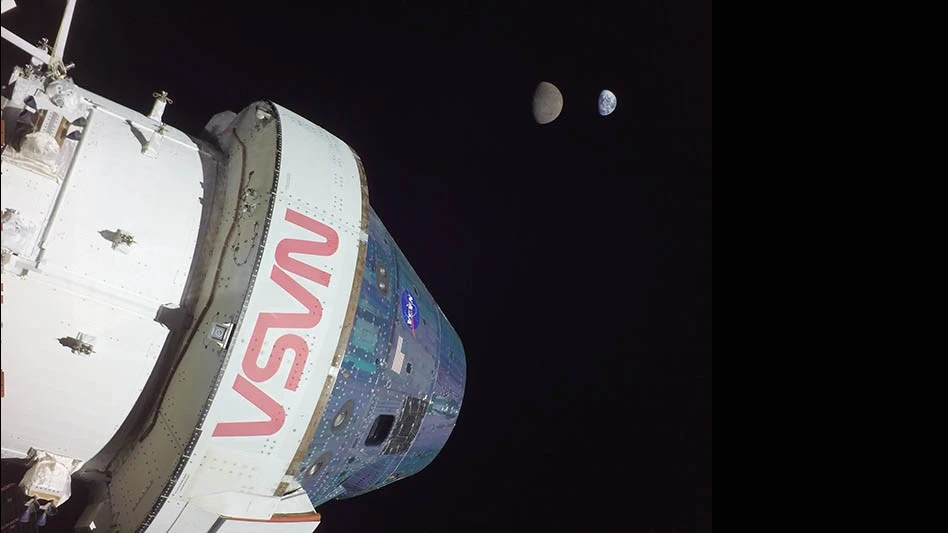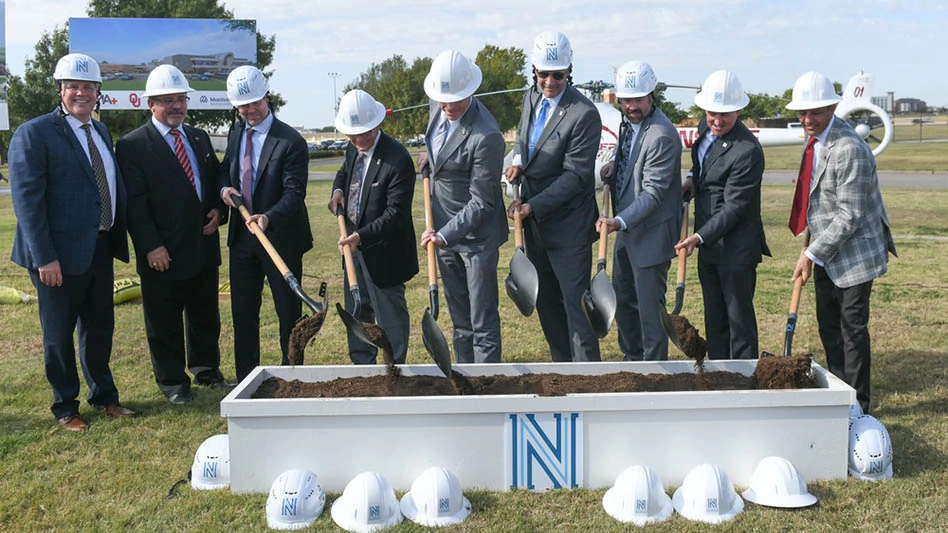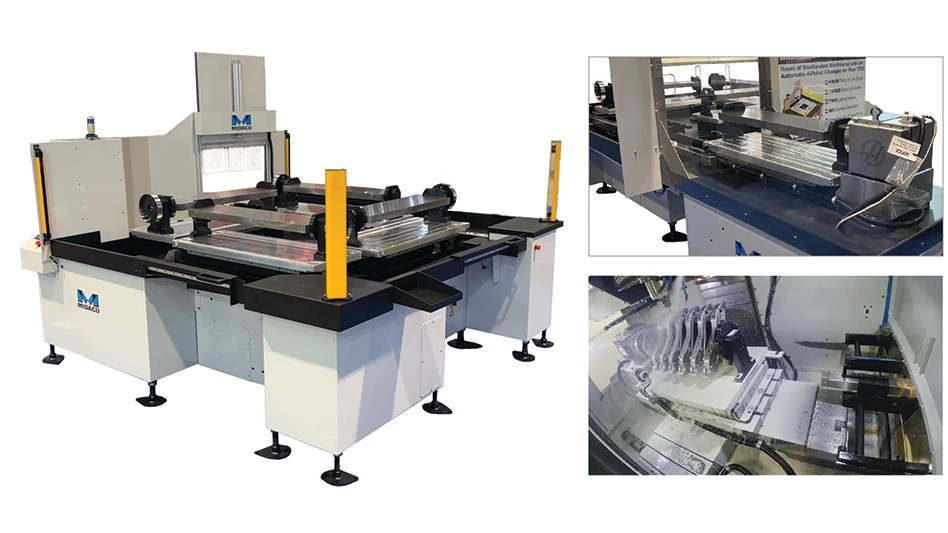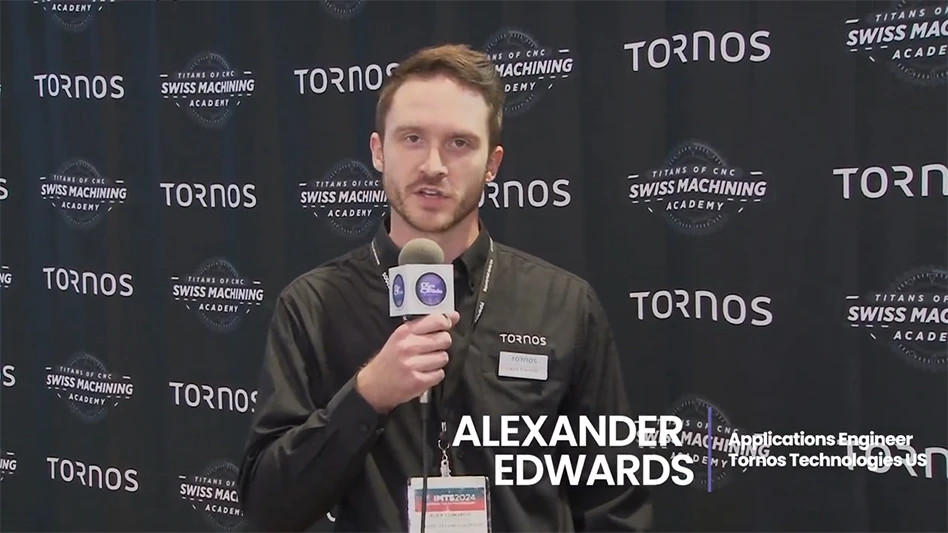
NASA
NASA Administrator Bill Nelson, NASA Deputy Administrator Pam Melroy, and NASA Associate Administrator Bob Cabana recently highlighted the agency’s 2022 accomplishments and looked forward to what is coming in 2023 and beyond at the Mary W. Jackson NASA Headquarters building in Washington, D.C.
NASA launched its Artemis I rocket for the first time, sending its uncrewed Orion spacecraft around the moon; kicked off a new era in astronomy with the James Webb Space Telescope’s record-breaking new imagery from the cosmos; moved an asteroid in humanity’s first ever planetary defense demonstration; working with its partners, sent astronauts on regular missions to the International Space Station, tested new technologies, including an inflatable heat shield for Mars; continued development of quieter supersonic aircraft, and much more.
“2022 will go down in the history books as one of the most accomplished years across all of NASA’s missions,” Nelson said. “There’s so much to look forward to in 2023 too: More stunning discoveries from Webb telescope, climate missions that will tell us more about how our Earth is changing, continued science on the International Space Station, groundbreaking aeronautics developments with the X-59 and X-57 experimental aircraft, the selection of the first astronauts to go to the moon in more than 50 years, and more.”
In 2022, NASA reached a decade of excellence by being named as the Best Place to Work in the federal government among large agencies by the Partnership for Public Service for an unprecedented 10th consecutive time.
Below is a summary of accomplishments, demonstrating how in 2022, NASA explored the unknown in air and space, innovated for the benefit of humanity, and inspired the world through discovery.
Among the accomplishments for NASA’s human spaceflight programs, the agency successfully launched, for the first time, its Space Launch System (SLS) rocket, which put NASA’s Orion spacecraft on a path that traveled farther than any spacecraft built for astronauts has been before. Through Artemis, the agency advanced plans to send the first woman and first of color to the moon. Leading up to the historic Nov. 16, 2022 launch of Artemis I, as well as a successful Orion splashdown on Dec. 11, NASA completed multiple key milestones for SLS, Orion, and ground systems, including preparations for the crewed Artemis II and Artemis III missions.
The agency also completed numerous key Artemis milestones that will ensure a human return to the lunar surface and long-term exploration on and around the moon in preparation for sending the first astronauts to Mars:
The agency selected Axiom Space to provide the moonwalking system, including spacesuits, that astronauts will use during Artemis III; awarded a contract modification to SpaceX to further develop its Starship human landing system for exploration of the moon; issued a draft request for proposals for lunar terrain vehicle services; and tested pressurized rover operations and moonwalks for future Artemis missions.
The NASA Authorization Act passed by Congress extended America’s participation in the International Space Station through at least Sept. 30, 2030, enabling the agency to work with American industry to develop commercial destinations and markets for a thriving space economy. NASA and SpaceX successfully launched and returned crew members to and from the International Space Station from the agency’s Kennedy Space Center in Florida.
NASA and Boeing successfully launched and returned the company’s CST-100 Starliner spacecraft from Florida's Cape Canaveral Space Force Station and landed in the desert of the western United States, completing the uncrewed Orbital Flight Test-2 (OFT-2) to the space station to help prove the system is ready to fly astronauts. Starliner and its crew of NASA astronauts Barry Wilmore and Sunita Williams are preparing for the first flight with astronauts in 2023, the final demonstration prior to regular flights to the microgravity complex.
Crew members welcomed the first NASA-enabled private astronaut mission, Axiom Mission 1, to the orbital complex advancing the agency’s goal of commercializing low-Earth orbit.
In July, NASA and its partners unveiled Webb’s first full-color images and spectroscopic data. Since then, Webb has drawn back the curtain on some of the earliest galaxies ever observed; studied the atmospheres of exoplanets in more detail than ever before; and offered new views of planets in our own solar system, capturing the clearest look at Neptune’s rings in decades.
NASA’s Double Asteroid Redirection Test (DART) successfully impacted its target asteroid in the world’s first-ever test for planetary defense. Since then, the mission’s Investigation Team confirmed DART’s kinetic impact successfully moved its target asteroid into a new orbit, marking the first-time humanity has ever altered a celestial body’s motion in space.
Learn more about NASA’s Earth science missions, lunar exploration plans, findings within and beyond the solar system, space commercialization initiatives, sustainable aviation, advanced air mobility (AAM) projects, 3D printing process to develop a new metal alloy that can be used for applications including the insides of aircraft and rocket engines, STEM education, public engagement programs, and more at https://www.nasa.gov/press-release/nasa-s-big-2022-historic-moon-mission-webb-telescope-images-more.
Latest from Aerospace Manufacturing and Design
- Don’t miss this month’s Manufacturing Lunch + Learn!
- marcus evans Aerospace & Defense Manufacturing and R&D Summit 2024
- How robots and cobots can work for you
- Why expertise in process fluid solutions is key to aerospace manufacturing performance
- Electra.aero to lead sustainable commercial airliner development
- SMW Autoblok's TMS-2G Quick-Change System
- IMTS 2024 Booth Tour: INDEX Corporation
- Inventory traceability and document management





